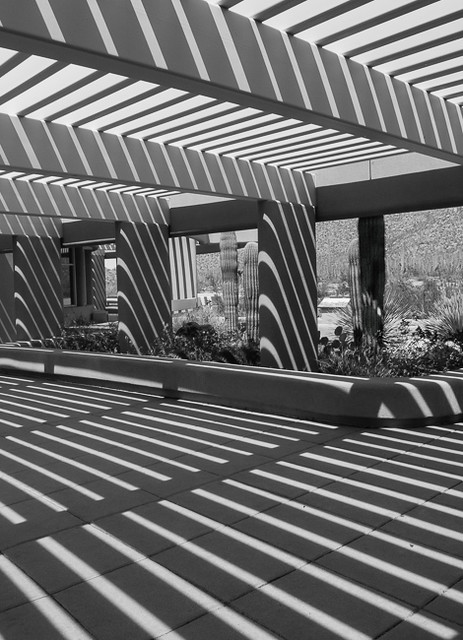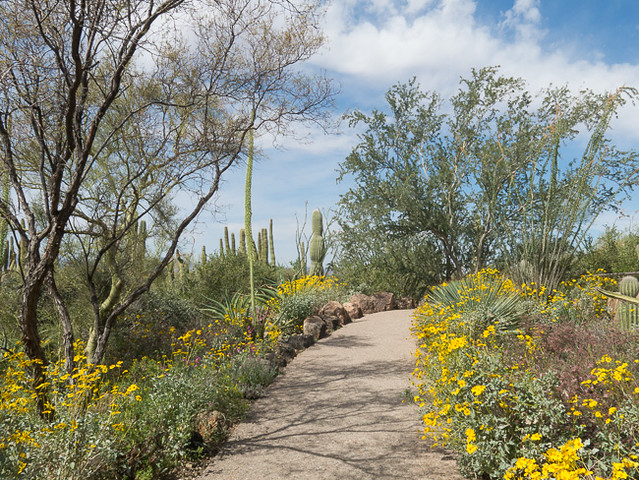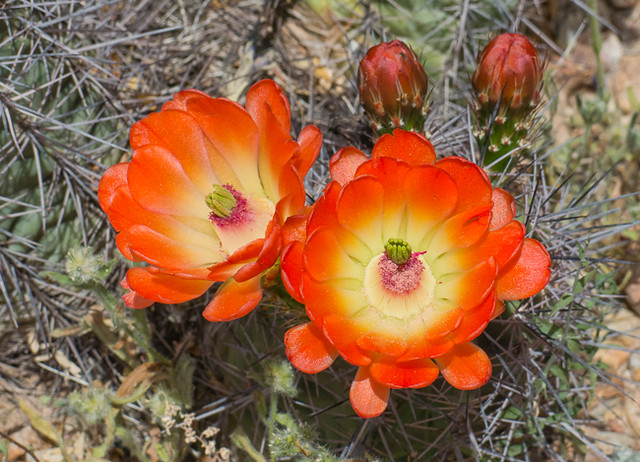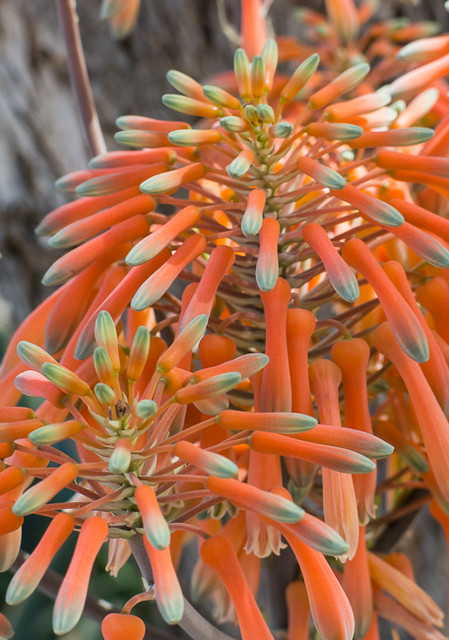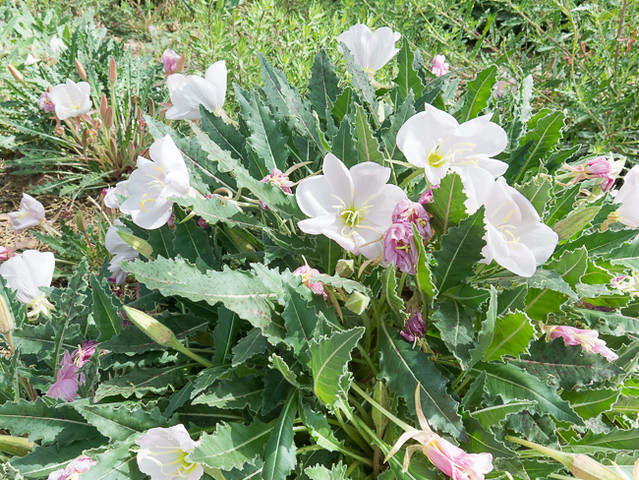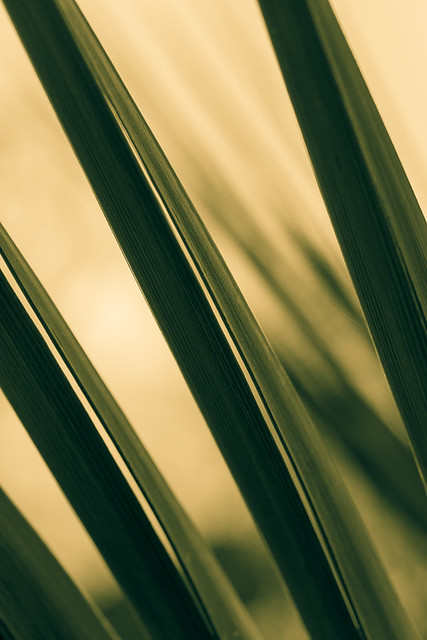The Red Hills Visitor Center offers information to visitors at Saguaro National Park’s western unit, stands watch over thousands of saguaro cacti on the adjacent mountains, and presents an astounding photo opportunity working with light and dark.
Before I even got my boots dusty of the trails, I spent an hour playing with different camera angles, patterns of light and shadow, and composition. I finally had to stop because first, I did want to go hiking, and second, I was getting darn dizzy!
—————
Bo Mackison is a photographer and owner of Seeded Earth Studio LLC. Bo discovers beauty and inspiration, even when exploring the light play at Saguaro National Park.
